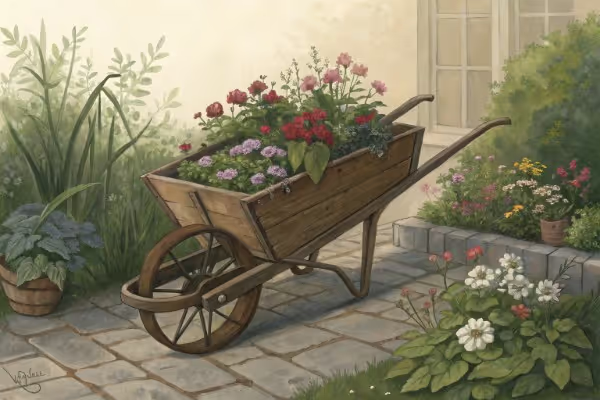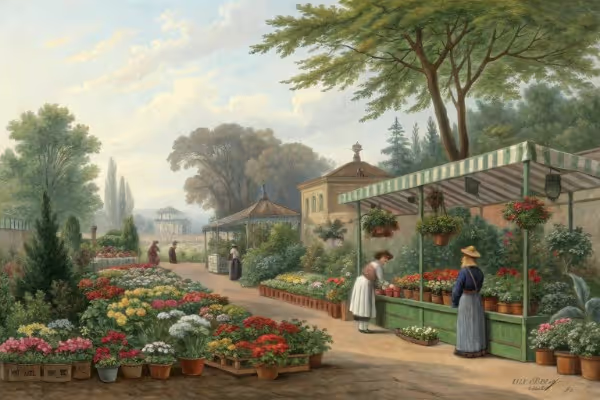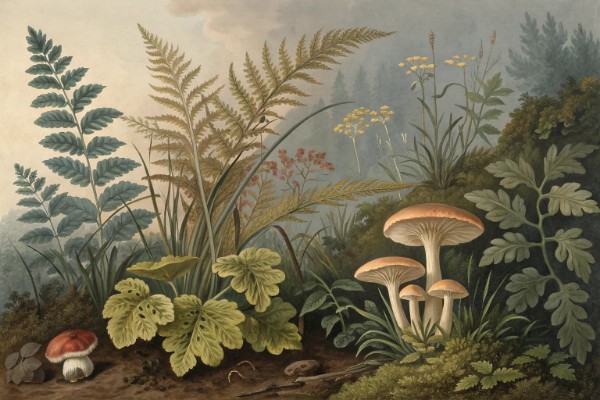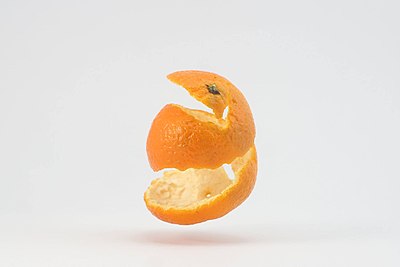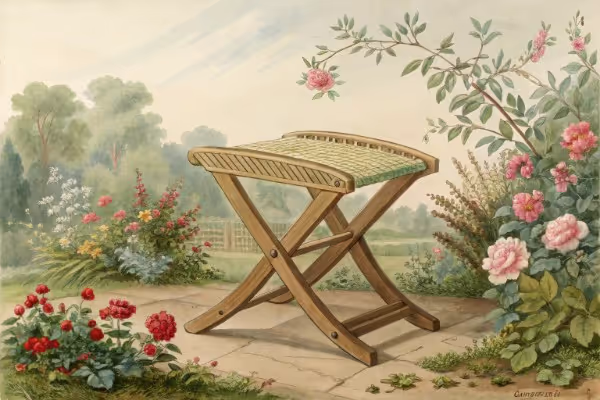Avoid Bolting With Four Essential Gardening Practices
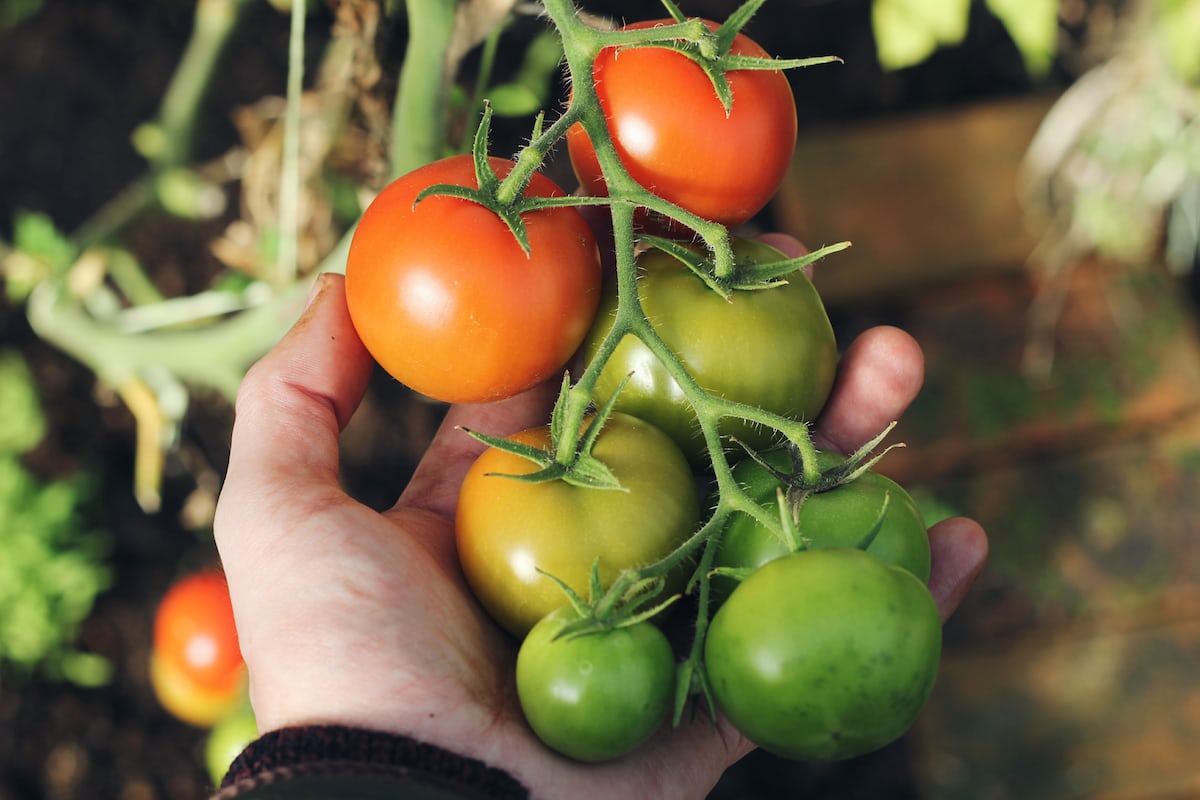
Avoid Bolting
To avoid bolting, water leafy greens consistently, plant at cooler times of the year, and pick bolt-resistant varieties. Stress from heat or irregular watering triggers plants to bolt, turning crisp lettuce bitter and tender herbs woody. Learn four simple steps to sidestep bolting and enjoy flavorful harvests all season long.
Cheatsheet: Prevent Premature Flowering in Veggies
🌱 Right Timing
- Sow cool crops (lettuce, spinach, cilantro) early spring/fall.
- Soil temp: 50–68°F (10–20°C).
- Fast bolting: Heat >75°F (24°C) for many greens triggers flowering.
☂️ Shade & Mulch
- Mulch keeps soil cool and moist.
- Install shade cloth (30–50%) over beds in hot spells.
- Bolting drops by 40% with afternoon shade.
💧 Water Smart
- Consistent moisture slows stress-triggered bolting.
- Drip irrigate or water early; avoid soil dry-out.
- Water 1 in (2.5 cm) weekly minimum.
🌿 Choose Bolt-Resistant Varieties
- Select slow-bolt cultivars (labelled on packets).
- Examples: 'Boltardy' beet, 'Slobolt' lettuce, 'Corvair' spinach.
- Reduces bolting risk by up to 60%.
🛠️ Tools and Products You'll Need
- Mulch (straw, leaves, compost)
- Shade cloth or row cover
- Drip irrigation or soaker hose
- Bolt-resistant seeds
- Soil thermometer
Tip: Eat bolted greens: Edible flowers add nutrition and spice. Prevent bolting, extend fresh harvest, and support self-sufficiency.
Four Key Actions To Avoid Bolting In Your Garden
Bolting—the sudden, irritating habit veggies have of sprinting skyward and flowering prematurely, wrecking their flavor—has tried my patience for decades. I recall losing a gorgeous row of spinach to one warm spell in May (around 80°F/27°C), turning my salad dreams into bitter nightmares.
Over time, I figured out how to avoid bolting. Here are four practical, tested actions to help your garden plants stay leafy, sweet, and calm.
1. Select Bolt-Resistant Varieties
Years ago, I learned the hard way by planting lettuce varieties suited for cool European climates in the sweltering Georgia summer. Big mistake!
Instead, seek out seeds labeled "bolt-resistant" or "slow-to-bolt." These cultivars thrive longer at higher temperatures, offering delicious leaves without sudden flowering.
- Leafy Greens: Look for varieties like "Nevada" lettuce or "Bloomsdale Long Standing" spinach.
- Herbs: Choose slow-bolting basil like "Genovese Compact Improved" for better summer resilience.
2. Plant Strategically and Space Generously
Crowding plants—tempting as it is—spurs competition, reduces airflow, and sends stress signals straight to your greens, shouting "flower immediately!"
I suggest generous spacing (usually around 6-12 inches or 15-30 cm apart, depending on plant), ensuring ample airflow and easing environmental stress. Your plants breathe easy, and you avoid stress-induced bolting.
"Stressed plants bolt faster than a teenager running late to prom—give your greens some breathing room."
3. Consistent Moisture: Never Let Them See You Sweat
Erratic watering—soaking one week, dry the next—is a sure recipe for bolting disaster. During a scorching July, I skipped watering sessions out of sheer laziness and watched helplessly as my cilantro bolted practically overnight.
Keep soil moisture even and consistent by watering regularly, roughly 1 inch (about 2.5 cm) weekly, increasing slightly during hotter, drier periods to prevent bolting stress.
4. Mulching and Shade for Cool Comfort
If you've ever watched spinach wilt like wet paper towels in direct sun, you know the agony of heat-induced bolting. Laying down a layer of organic mulch—straw or shredded leaves—helps regulate soil temperature and maintain moisture.
In temperatures regularly hitting around 75°F (24°C) or higher, installing shade cloth to block the harsh afternoon sun can make a profound difference. Trust me, your delicate greens will thank you (in leafy abundance).
"Mulch and shade transform stressed, bolting veggies into relaxed, productive garden success stories."
Save your salads, soups, and garnishes from bitter bolt disasters by practicing these tested techniques. Your garden—and kitchen table—will reap satisfying results, season after delicious season.

Want smarter plant choices? 🪴
Frequently Asked Questions About Preventing Plants from Bolting
How can I identify early signs my plants may bolt soon?
Watch closely for elongation of the central stalk, tightening leaf clusters, or the sudden formation of small flower buds. Recognizing these subtle shifts lets gardeners intervene promptly to prevent flowering.
What watering methods help delay plant bolting?
A consistent watering routine using deep soakings encourages strong, resilient roots, helping plants withstand brief heat spikes. Aim for soil moisture that's steady but not waterlogged, generally watering to about 2 inches (5 cm) deep each session.
Does fertilization impact a plant's tendency to bolt?
Yes, excessive fertilization, particularly high-nitrogen fertilizers, can prompt rapid growth and premature flowering. Instead, nourish your plants with a balanced fertilizer containing moderate nitrogen and a good ratio of potassium and phosphorus to encourage sustained leafy growth.
Are particular planting techniques effective in preventing bolting?
Choosing to plant crops at intervals, known as succession planting, and selecting slow-to-bolt or heat-tolerant cultivars can significantly reduce the likelihood of premature flowering. Additionally, planting early enough to mature crops before periods of intense heat keeps crops healthy longer.
What role does garden placement play in plant bolting?
Strategic plant location in your garden matters greatly. Place sensitive crops where they receive partial shade during hot afternoon sun, reducing heat stress and slowing the onset of flowering. Shade cloth is another practical method to moderate temperatures, keeping plant beds approximately 10°F (5.5°C) cooler.
Avoid bolting and you’ll taste the difference—sweet lettuce, tender spinach, and herbs that keep their cool. Choose the right varieties, plant at the right time, water deeply, and harvest promptly. That’s the heart of it. Stay ahead of hot spells, keep soil moist, and don’t let your greens get stressed. If you’re hungry for more ways to get the best from your crops, check out this guide on how to harvest vegetables the right way. Gardening’s not about fighting nature—it’s about working with it, one season at a time.
Health Benefits of Preventing Vegetable Bolting
Preserves Nutritional Quality
- Vitamin Retention: Vegetables harvested before bolting retain higher levels of vitamins A, C, K, and folates essential for immunity and bone health.
- Mineral Preservation: Preventing flowering maintains minerals such as magnesium, iron, and potassium, supporting muscle function and cardiovascular health.
- Phytonutrient Stability: Early harvesting secures valuable antioxidants like lutein and beta-carotene crucial for eye and skin health, typically depleted during bolting.
Sustains Optimal Taste and Digestibility
- Flavor Integrity: Delays in bolting reduce bitterness and fiber toughness, enhancing vegetable flavor and texture quality.
- Digestive Benefits: Non-bolted vegetables remain tender and easily digestible, reducing gastrointestinal discomfort and improving nutrient absorption.
Supports Continuous, Sustainable Harvests
- Yield Improvement: Regular bolting prevention ensures steady harvests, optimizing food availability throughout growing seasons.
- Food Security: Maintaining vegetative states lengthens productive cycles, supporting household self-sufficiency and resilience.
Find out which plants will thrive in your garden!
Answer a few fun questions and get custom plant recommendations perfect for your space. Let’s grow something amazing together!

start your season
